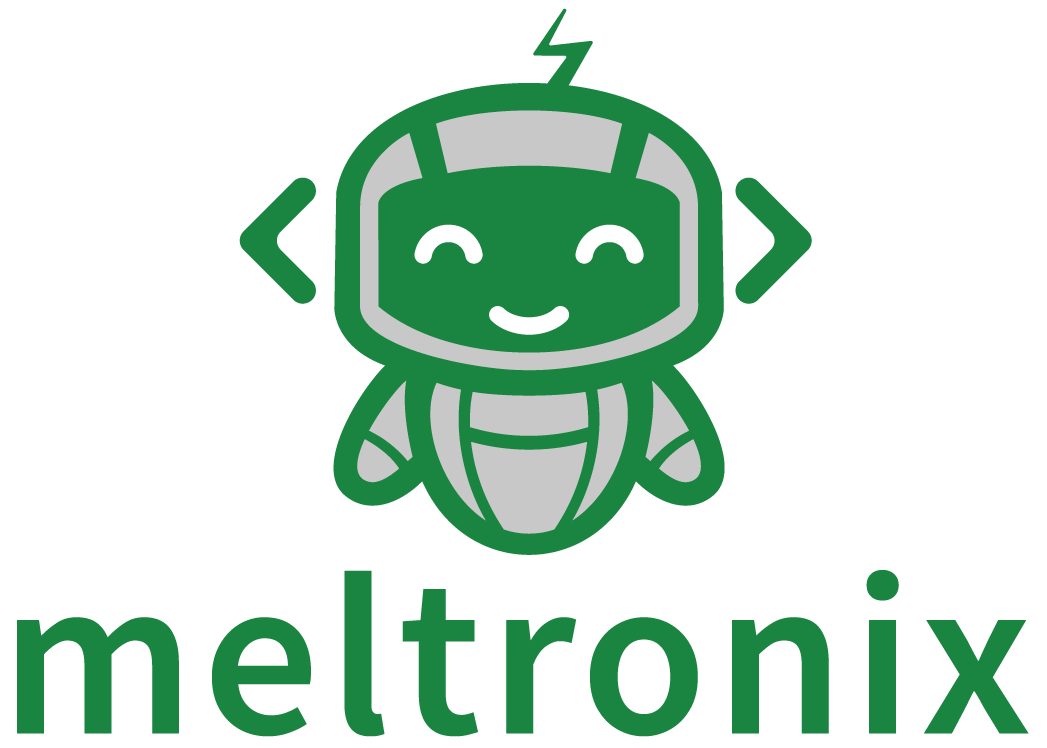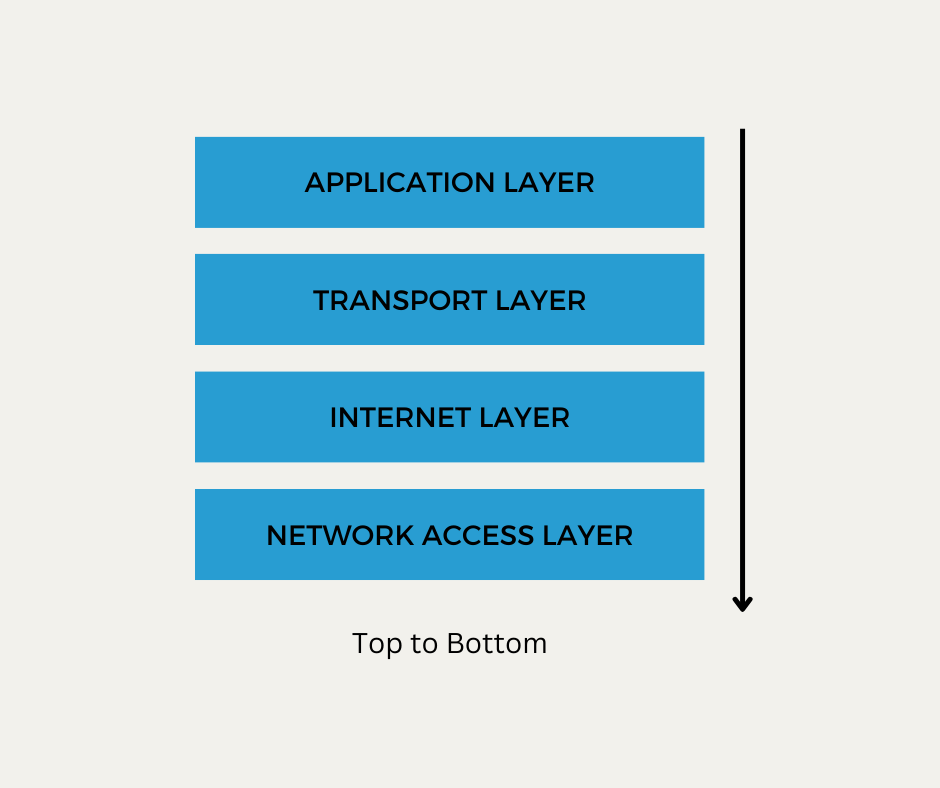The TCP/IP model, also recognized as the TCP/IP protocol suite, constitutes a vital framework of communication protocols linking devices across the internet. Serving as the Internet’s cornerstone, this model facilitates seamless communication among billions of devices globally.
This model functions on a four-layer framework, dissecting network communication into distinct strata, each endowed with specific responsibilities. Now, these layers collaboratively ensure the dependable and efficient transmission of data.
- Application Layer: Positioned atop the TCP/IP model, the application layer acts as the user interface, facilitating interactions with various applications like web browsing, email, and file sharing. It delivers essential network services to these applications.
- Transport Layer: Responsible for ensuring reliable end-to-end communication, the transport layer meticulously organizes data delivery, ensuring correct sequencing and completeness of data reception.
- Internet Layer: The network layer orchestrates the routing of packets between devices, determining the optimal path and forwarding packets to subsequent devices along the route.
- Network Access Layer: Occupying the model’s base, the link layer handles the physical transmission of packets across network mediums, addressing concerns such as bit encoding and error detection.
Functioning of the TCP/IP Model:
When data travels from one device to another, it’s disassembled into packets, each containing the data and pertinent information about source and destination devices. These packets traverse the TCP/IP layers methodically:
- Application Layer Protocol: Appends data about the application sending and receiving the information.
- Transport Layer Protocol: Adds details regarding connection reliability to the packet.
- Internet Layer: Includes information about the destination device.
- Network Access Layer: Embeds data about the physical network medium used for transmission.
Then after being processed through all layers, the packet traverses the network. Upon reaching its destination, the reverse process commences:
- Network Access Layer Protocol: Removes details about the physical network medium.
- Internet Layer Protocol: Eliminates information about the destination device.
- Transport Layer Protocol: Discards data concerning connection reliability.
- Application Layer Protocol: Removes particulars about the application’s involvement.
Finally, the packet, now refined, is delivered to the requesting application.
Prominent TCP/IP Protocols
Several essential TCP/IP protocols include:
- Transmission Control Protocol (TCP): Ensures dependable end-to-end communication, integral for web browsers, email clients, and file transfers.
- Internet Protocol (IP): Vital for routing packets among devices, serving as the linchpin of the TCP/IP suite.
- Hypertext Transfer Protocol (HTTP): Facilitates web page and resource transfers between browsers and servers.
- File Transfer Protocol (FTP): Enables file exchanges between computers.
- Simple Mail Transfer Protocol (SMTP): Governs email sending and receiving processes.
Conclusion:
Grasping the intricacies of the TCP/IP model unveils the Internet’s underlying mechanics. This knowledge empowers individuals to comprehend how data traverses the internet and equips them to troubleshoot network issues effectively.


